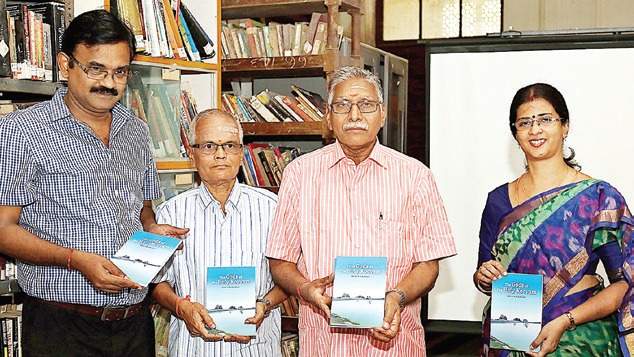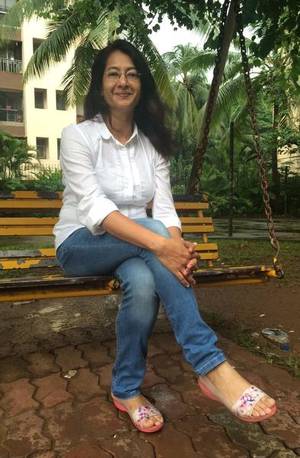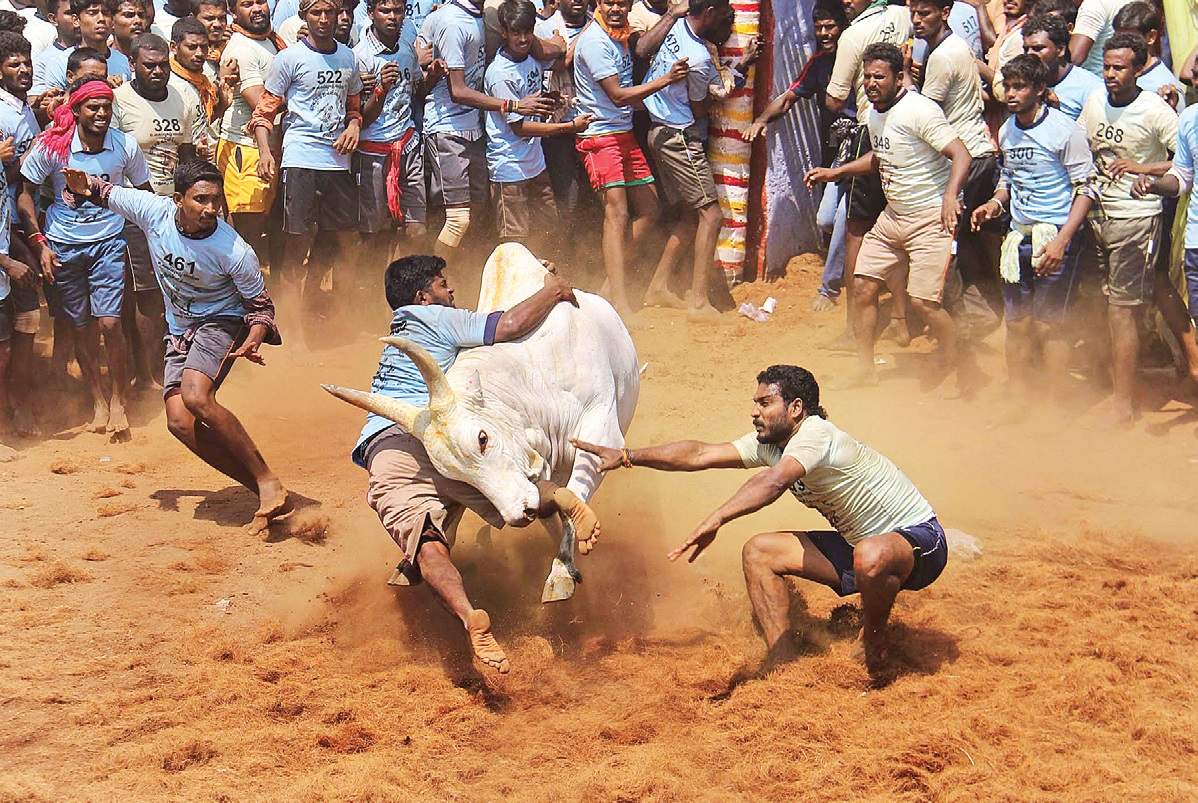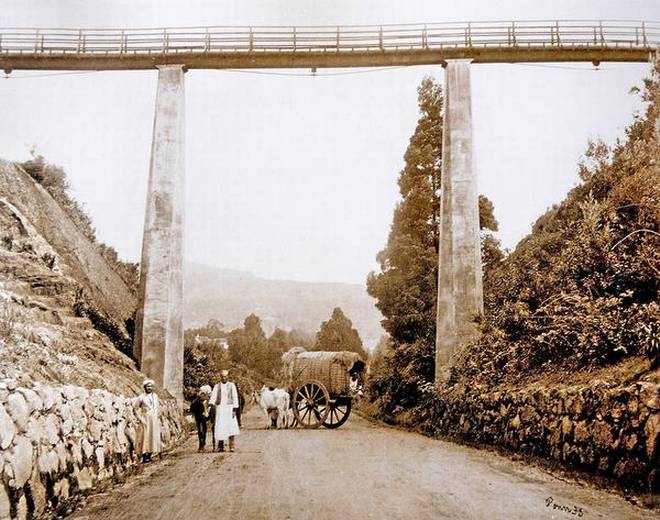
Chennai :
The Cooum River has for long been a talking point in Chennai — albeit for all the wrong reasons. Environmentalists decry the pollution and neglect the river has been subjected to, turning it into a nauseous cesspool, as opposed to its rather cleaner upstream that starts from the source.
It was as an attempt to restore a cultural significance to both the river and the historical temples on its banks that the book The Gods of the Holy Koovam, by heritage enthusiast Priya Baskaran, was launched
recently at the Madras Literary Society.
Inspired to take up the project while she was part of the Cooum Cultural Mapping Group — a group of heritage lovers aiming to regenerate interest in the river through cultural cartography — Priya said that her aim was to map the various temples of importance along the course of the river that have been obscured from history.
“This book is not the first of its kind to try and retrace history — but it definitely is the first to retrace the history of Cooum,” said Priya. “Most of the information for temples in the Cooum region was not available in the public domain and was elusive. Books that detailed historical inscriptions (such as The Topographical Inscriptions of Madras Presidency (1915) by V Ranchacharya) went out of print decades ago.”
Initially organised as a trip to the source of the river in a village by the group, Priya wanted to detail more about the holy shrines along the river. “I found that the Cooum, a relatively short river of 72 km had its own Koova Puranam (which is a part of the Skanda Puranam). That is where we started from, and through further research, we found that the Cooum had 24 cheris and 18 kotams annexed to it — that was its importance! It clearly was a treasure hunt for us!” she said. She has mapped nearly 113 temples starting from the source of the river right up to the heart of Chennai.
She also found that many temples had inscriptions that could be of great historical value. “However, the sad part is that in most temples these inscriptions are no longer available as they have been modernised and subsequent work has left them bereft of heritage value,” she rued.
She also lamented the fact that several temples in the region have not been getting any patronage and are in an advanced stage of disrepair, often with certain buildings being taken up by surrounding encroachments. “The temple tanks of several temples require repair and if revived they can help replenish surrounding water bodies and villages too,” she added.
The book was released by K Sridharan, retired deputy superintendent of archaeology, state archaeology department. Priya also runs a blog called ‘Aalayam Kanden’, where she writes about lesser known heritage sites, has been featured among the top Indian travel and spiritual blogs for the last six years. A part of the proceeds from the sale of the book will be used to set up a Tamil section at the Madras Literary Society.
To order a copy, call 9790918056 or write to aalayamkanden@gmail.com
source: http://www.newindianexpress.com / The New Indian Express / Home> Cities> Chennai / by Gokul M. Nair / Express News Service / February 13th, 2017


